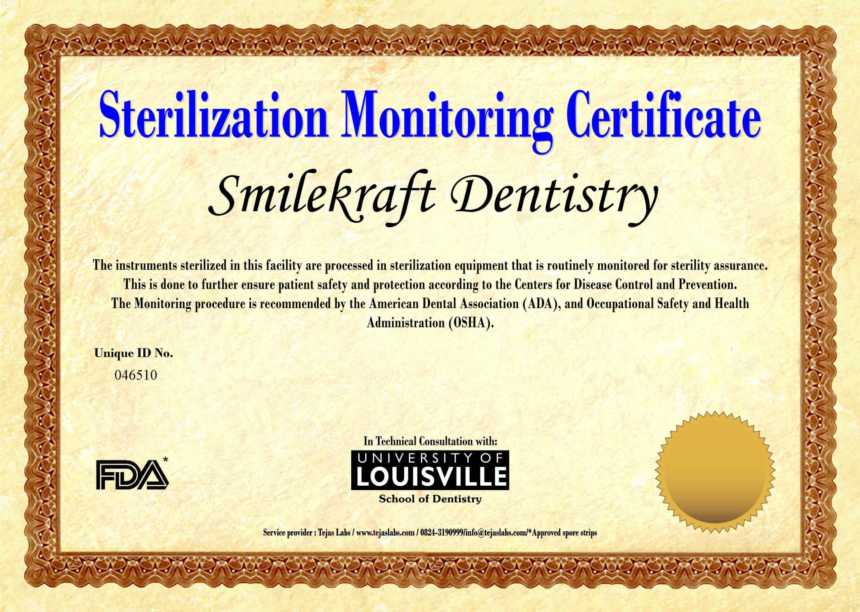At Smilekraft Dentistry, tooth coloured dental fillings are done to restore teeth that have been damaged by tooth decay or injury. The cleaning and shaping of teeth prior to the filling is done with the combination of the WaterLase laser and the Lares fibre-optic dental drill. The use of such technologies makes the procedure faster, cleaner, safer and painless. Numerous types of tooth filling materials are used at Smilekraft Dentistry for the filling of different types of cavities in various locations of the teeth, viz. Light cure composite resins, Glass ionomer cements, and laboratory fabricated fillings (inlays/onlays) made of either ceramic filling, composite filling or metal filling.
Our preferred brands for such filling materials are 3M ESPE, Ivoclar, GC, Shofu & Meta.
Dental fillings done by Dr. Priyank Mathur are broadly classified into two types:
- Direct Restorations – done in the tooth directly.
- Indirect Restorations – fabricated outside the mouth in a laboratory to be cemented in the next appointment.
Direct Restorations
Direct restorations are usually tooth coloured cavity fillings done in a single appointment for adults as well as children to restore teeth damaged by decay. These are the most common types of fillings done at Smilekraft Dentistry because of its ease of placement, time and cost of dental filling procedure. Light cure composite resins and glass ionomer cement fillings come in this category. We at Smilekraft Dentistry have purposely avoided amalgam restorations to keep our clinic mercury free.

Indirect Restorations
Indirect restorations which are commonly known as Inlays and Onlays are specifically used in cases where the damage of teeth has been extensive, requiring stronger restorative materials compared to the direct restorations. Inlays and Onlays are laboratory fabricated highly durable restorations that can be made from porcelain, metal, or composite resin. Though, porcelain is now becoming the material of choice because of its strength and potential to match the natural color of your tooth.
An inlay is similar to a dental filling and lies inside the cusp tips of the tooth. They are custom-made to fit the prepared cavity and are then cemented into place.

An Onlay is a more extensive reconstruction that covers one or more cusps of a tooth. Onlays are indicated in situations where a substantial reconstruction is required. However, more of the tooth structure can be conserved compared to the placement of a crown.
Inlays and Onlays are applied in two dental visits. At the first visit, the old filling, or decay, is removed, and the tooth is prepared for the inlay/onlay. We will then make an impression of the tooth, and send this impression to a dental laboratory. This impression will be used by the laboratory to construct a custom-made porcelain, composite or a metallic inlay/onlay. In the second appointment, after checking the fit of the restoration, the inlay/onlay is cemented using a resin cement.





